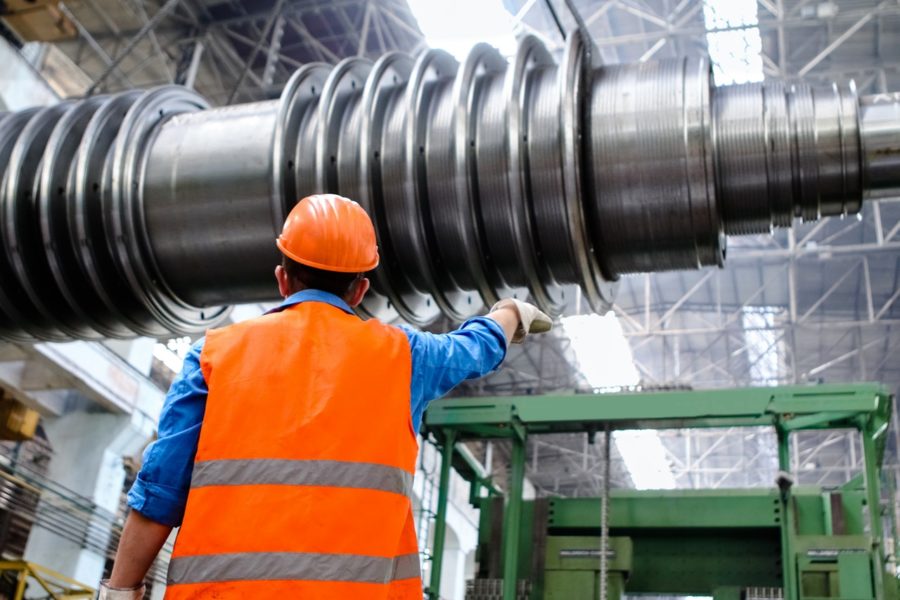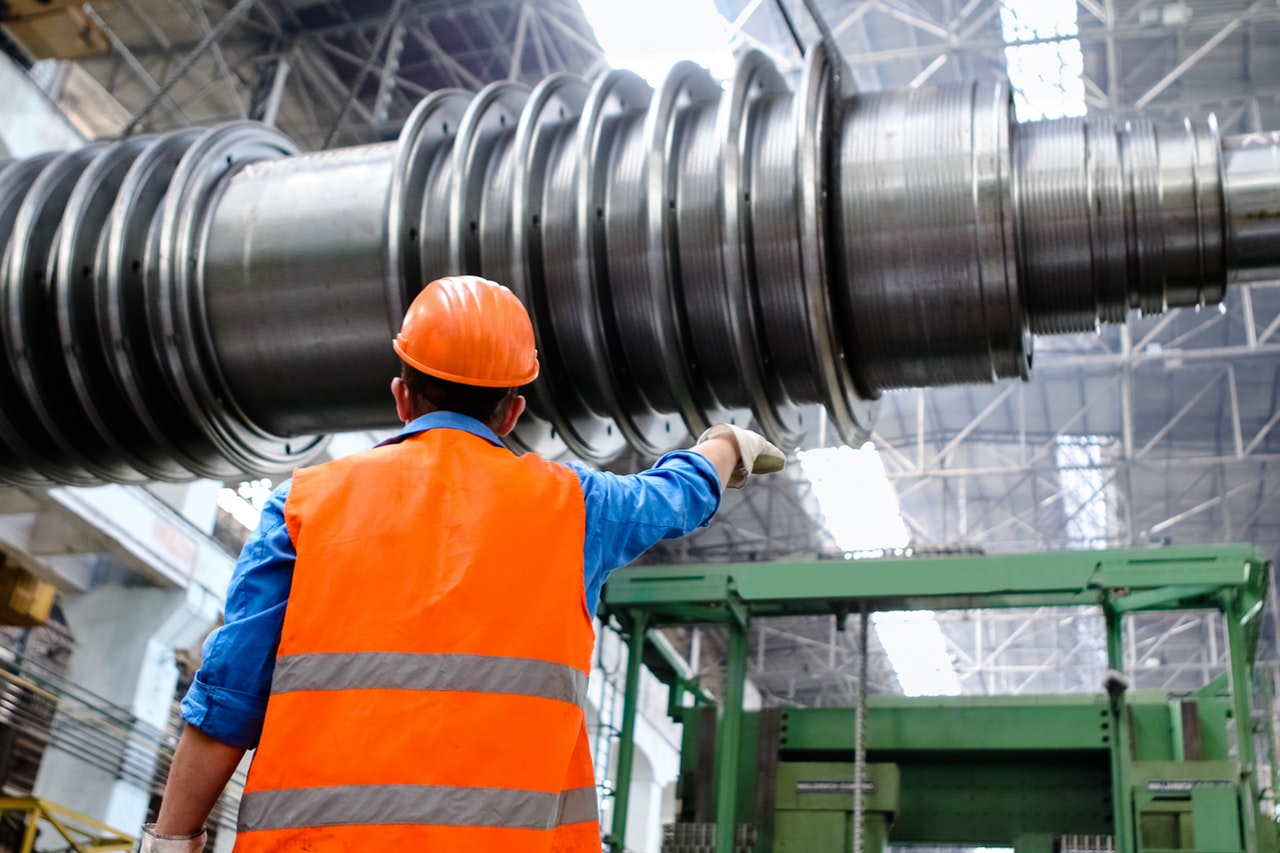 Manufacturing is at the heart of the global economy, but in recent years the industry has seen huge changes. Central manufacturing locations keep changing in pursuit of lower prices and more reliable material sourcing, but that’s just scratching the surface. More significantly, new technology has had an enormous impact on the underlying processes that make manufacturing possible.
Manufacturing is at the heart of the global economy, but in recent years the industry has seen huge changes. Central manufacturing locations keep changing in pursuit of lower prices and more reliable material sourcing, but that’s just scratching the surface. More significantly, new technology has had an enormous impact on the underlying processes that make manufacturing possible.
Many of the most significant manufacturing changes, such as the introduction of robotic process automation, have taken place behind the scenes. They reduce the likelihood of human error, increase data processing capacity, and help ensure operational stability in the long-term. Others, like 3D printing, have had a greater impact on what happens on the floor. In both cases, though, manufacturing bears little resemblance to the industry even just a few decades ago.
3D Printing And Digital Distribution
One of the biggest costs in the manufacturing industry is distributing the products. After all, completed goods are heavy, sometimes delicate, and they need to be delivered to recipients all over the world. With the introduction of affordable 3D printing, however, we’re looking towards a new manufacturing future that will rely on digital distribution. Rather than shipping out finished products, 3D designs will go to local printers, eliminating extended, expensive, and risky distribution chains.
AI Enabling Quality Improvement
Many of the improvements to modern manufacturing are in the areas of speed and efficiency. Machine learning and artificial intelligence enable companies to identify problems in the distribution chain that delay deliveries, whether demand is likely to increase or decline, and otherwise evaluate patterns throughout the industry. What is often overlooked, though, are the ways in which artificial intelligence can be used to improve product quality. By creating a “smart” manufacturing environment, Deloitte estimates manufacturers could see up to a 35% increase in product quality, largely through the use of predictive maintenance.
Given the importance of artificial intelligence and adjacent technologies within the manufacturing sector, those interested in joining this workforce should consider taking classes to learn more about artificial intelligence. It’s no longer enough just to be comfortable around heavy machinery. Especially if you hope to work behind the scenes, advanced technical literacy skills are of increasing importance.
Advancing Environmental Safety
Data is key to the growth and transformation of the manufacturing industry, but recently we’ve been running up against limits of processing speed and capacity. To combat those barriers, more companies are turning to edge processing to increase their data processing abilities. One key area of implementation: 360-degree safety monitoring.
Manufacturing is undeniably dangerous, but carefully monitoring plant conditions can help ensure that problems are caught quickly. Facilities use 360-degree safety monitoring as a way to eliminate the need for workers to do dangerous inspections, as well as provide facility security, monitoring company vehicles and properties, in addition to catching and preventing injuries.
A Faster, More Efficient Future
Artificial intelligence, 3D printing (also known as additive manufacturing), and “cobots” – robots that can safely work alongside humans – are all pushing manufacturing into a smarter, faster, more efficient future, and we’ve only just scratched the surface. For businesses, this means the ability to test new products and modify them on the fly, while for consumers it means cheaper, greater customization. The benefits abound. Behind the scenes, though, workers are making big adjustments and learning new skills. While new technology is undeniably desirable and beneficial, the industry is facing a steep learning curve as it adopts the tools of the future.
